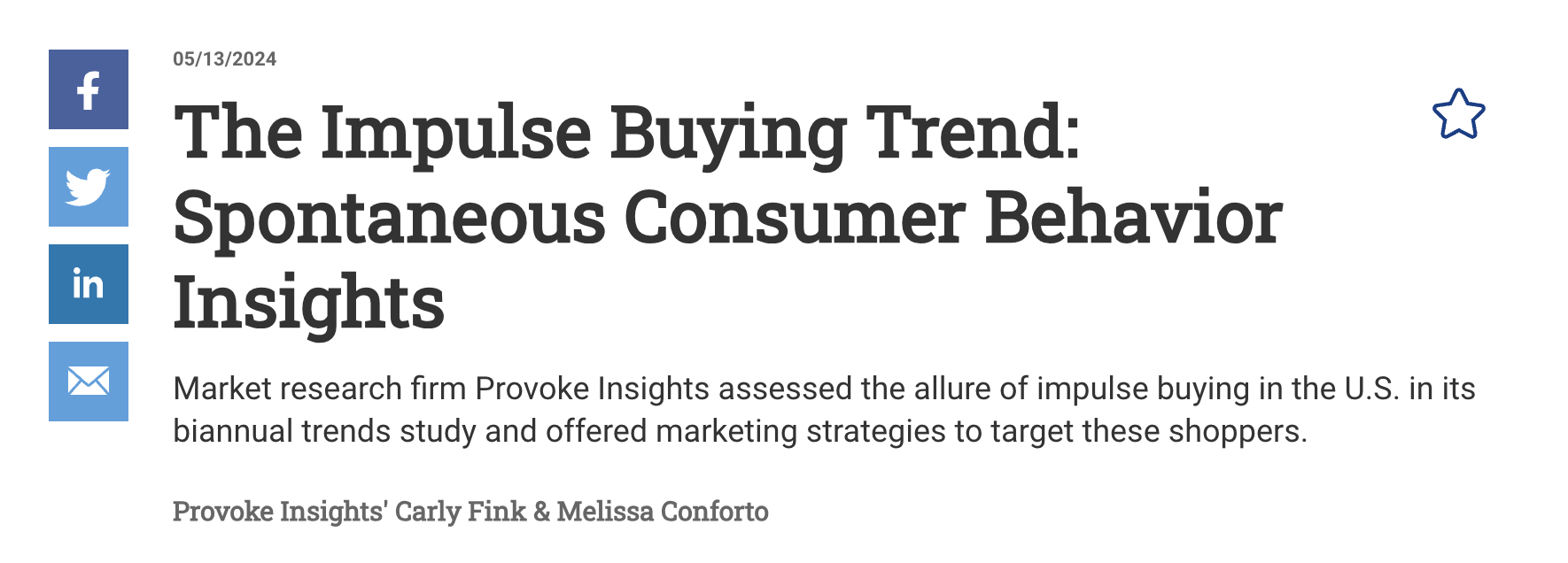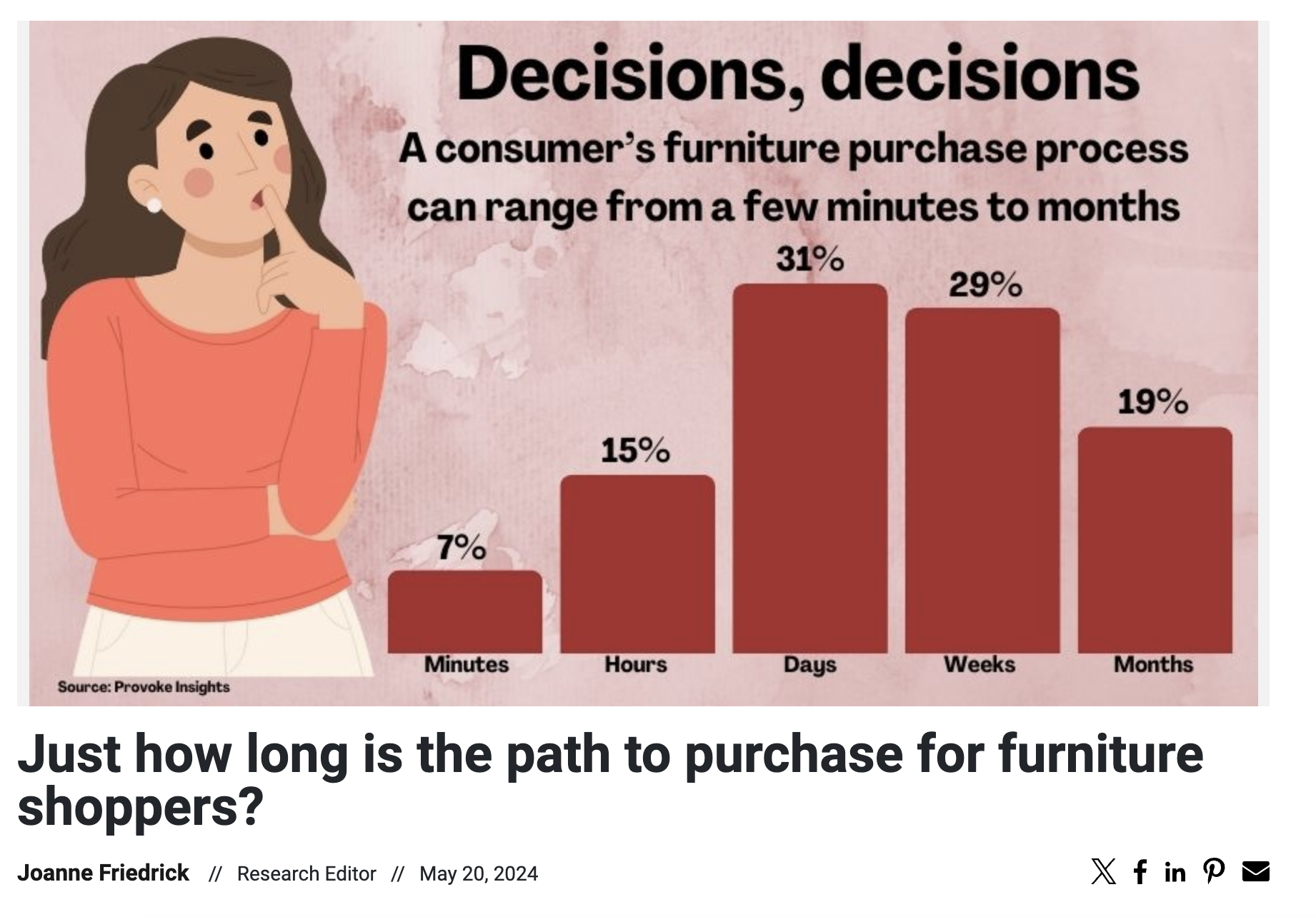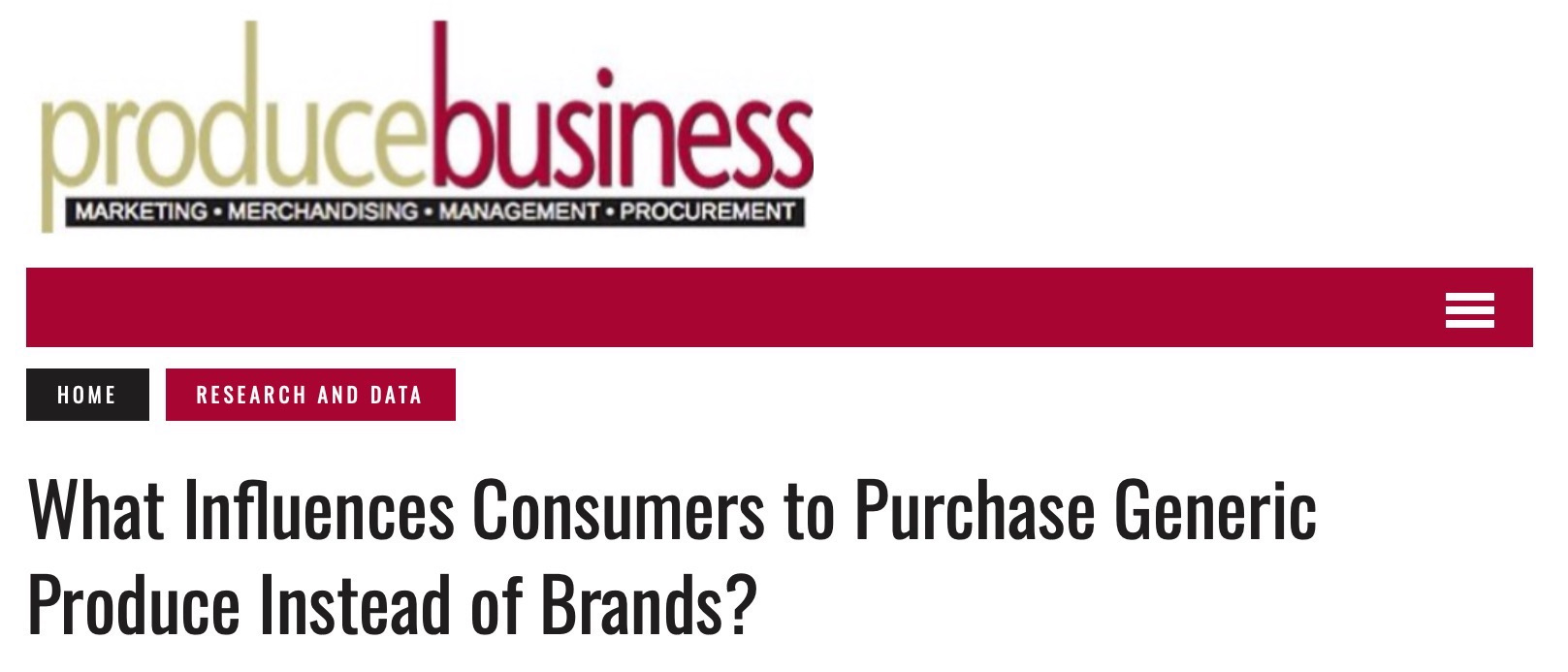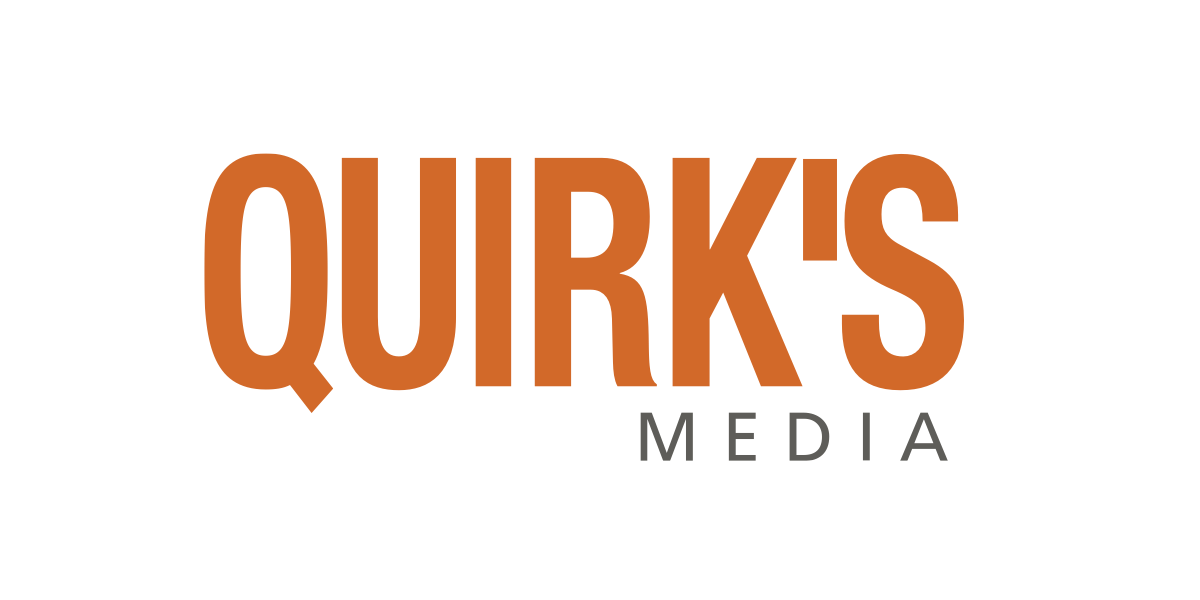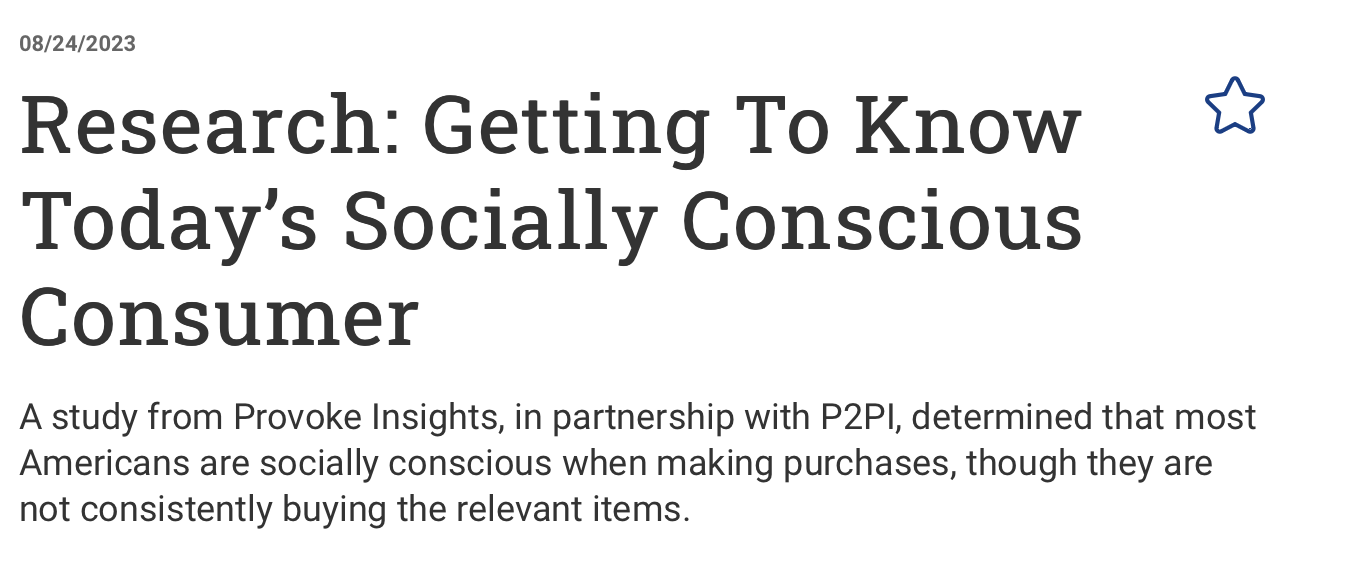Impulse shopping is widespread, with most Americans admitting to these splurging tendencies. This varies across demographics, with some partaking more than others. However, this behavior varies across demographics. Understanding and targeting impulse shoppers is crucial for businesses aiming to drive sales and conversions in today’s dynamic consumer market
The article addresses the following key findings:
- Nearly a third of Americans impulse shop weekly.
- Financial constraints do little to deter consumers from impulse shopping.
- Browsing store aisles and staying on top of trends are behaviors that motivate impulse buys.
- Some industries, such as apparel, are more enticing to spontaneous purchases.
- Other purchases, such as accommodations and airline travel, require longer deliberation.
- Channels such as television and TikTok significantly influence impulse shoppers.
- Traditional media, such as radio and magazines, capture buyer attention less.
